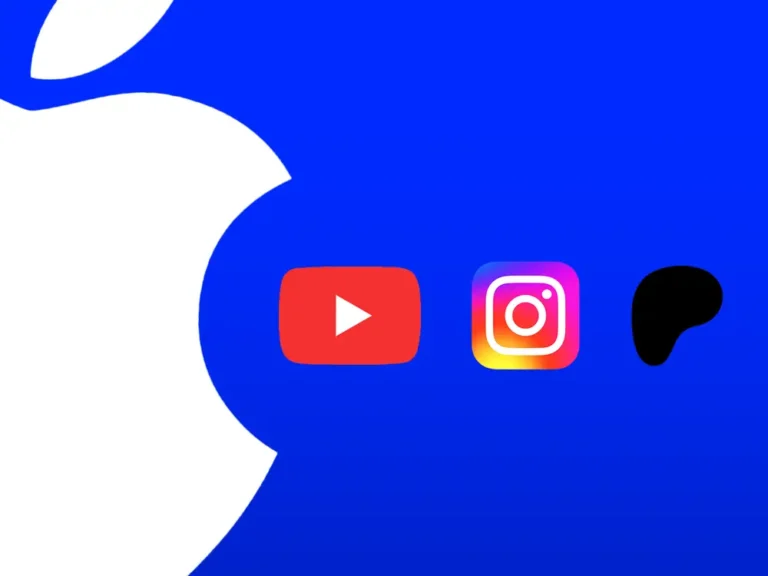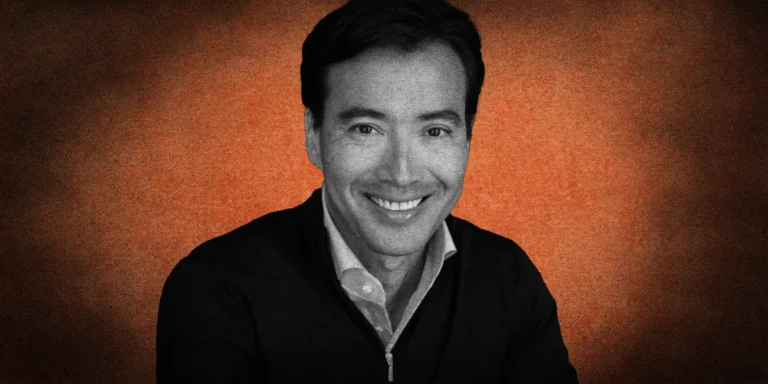Free TV is having its revenge
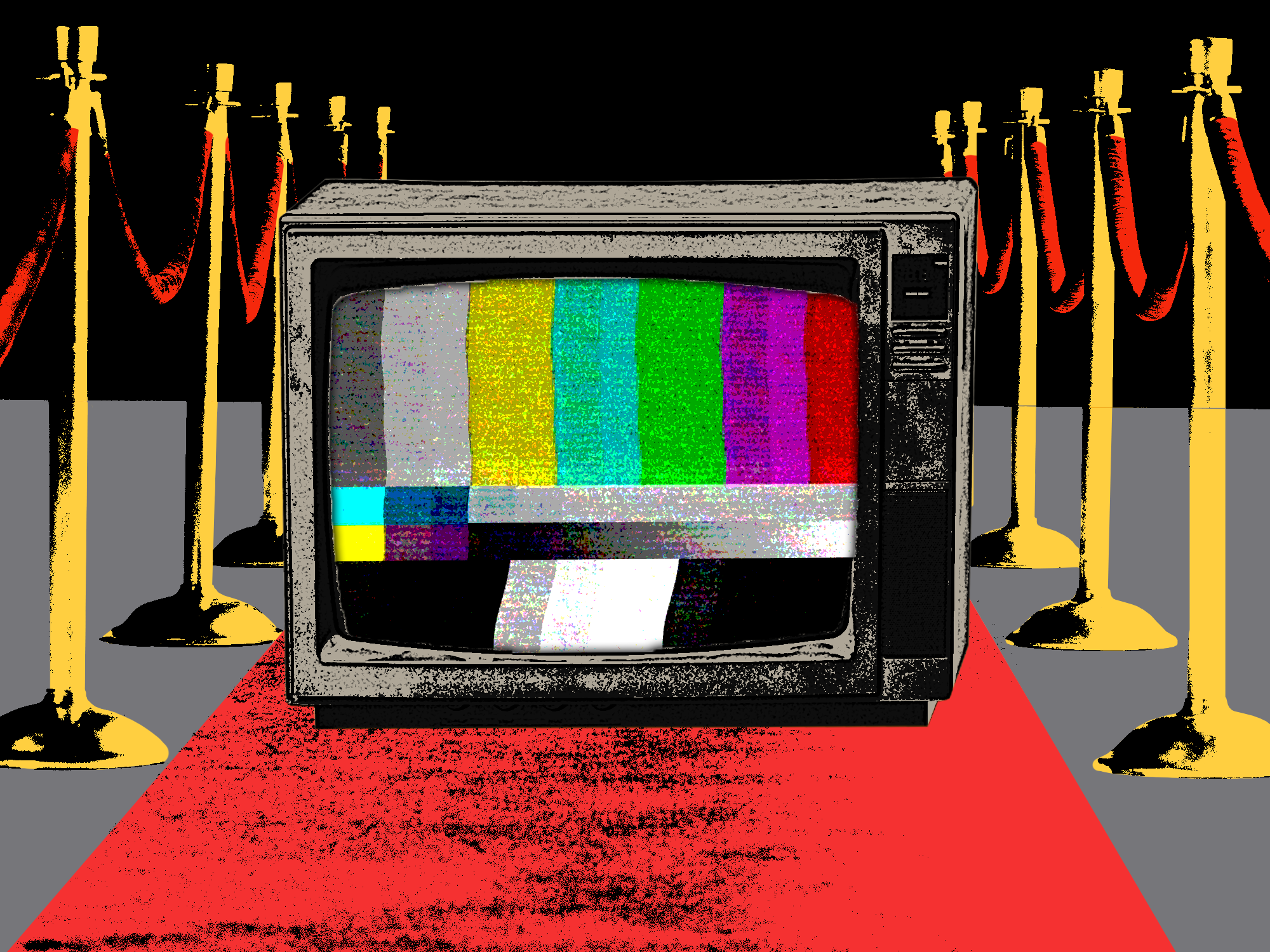
That’s a big problem for Hollywood.
Move over, paid streamers — free TV is having its revenge.
As streaming ascended, millions of viewers signed up for Netflix and other services, lured by the promise of great entertainment without ads. Prognosticators declared the future of TV would move from cable TV to ad-free streaming services. Advertisers fretted about how they’d market to people who were increasingly spending time in ad-free zones.
Well, that was then.
In the past year, viewers have fallen in love with those same streamers’ (cheaper) ad tiers. But perhaps more significantly, they’re spending increasing time watching completely free options. YouTube has taken the throne as the top streamer on TV, beating Netflix. And free, ad-supported TV services like Fox’s Tubi and Paramount’s Pluto TV, where people can watch content ranging from older reruns like “The Jeffersons” to newer titles like “Scandal,” have taken off.
“If you haven’t noticed, everything’s expensive these days,” YouTuber Jamie Clement posted online. “A few ads are small potatoes for such a gift. Tubi’s great.”
But free TV isn’t so great for the entertainment companies that spent the past several years trying to catch Netflix. The idea that everyone would do their TV watching behind a paywall — just on streaming instead of cable TV — is turning out to be a mirage.
The basic problem: It’s unclear how these free services could support new, Hollywood-style programming even if they wanted to.
TV already has to increasingly compete with free social-media apps like TikTok and Instagram, which are primarily consumed on phones. Now, with YouTube making the jump to TV screens and “free, ad-supported TV” (FAST) services having a moment, where does that leave Hollywood?
The big fear in Hollywood is that Peak TV is gone for good, and the entertainment giants are doomed to fight over an ever-smaller slice of attention. The industry won’t go extinct. Netflix is doing fine, after all, and Disney is a behemoth.
But occupying a diminished state in the entertainment landscape isn’t exactly glamorous. Just ask the magazine industry.
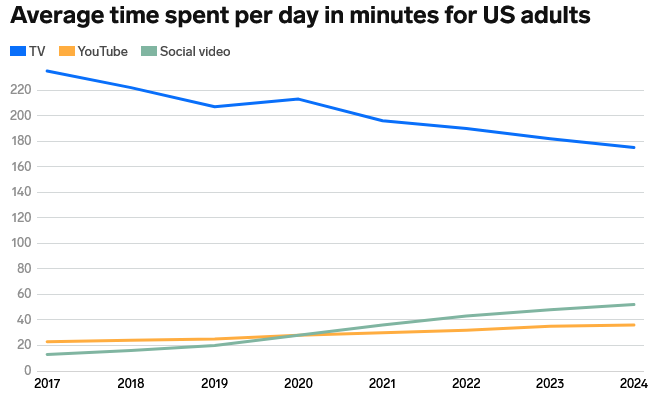
Paid streaming has a business problem
When TV first started, it was broadcast over the air and free, with the money coming from advertising. But the rise of cable made paid TV the norm. By 1992, 60% of American households subscribed to cable.
When streaming took off, fueled by Netflix and Hulu, it was largely a paid proposition. That held as Disney, Warner, and Comcast launched their own apps to compete, starting in 2019. To get people to subscribe to these new streamers, entertainment companies churned out new shows at record levels, giving rise to the Peak TV era, which crested in 2022 at 600 shows before declining 14% in 2023, according to FX Networks research.
But the spending on new content wasn’t sustainable. Other than Netflix, which has a massive first-mover advantage, none of the streamers have consistently achieved profitability. They made it easy to cancel, which people did swiftly when their favorite shows ended, forcing companies to spend more on original content.
Wall Street got spooked about streaming’s profitability in 2022, and entertainment companies reined in content spending. They created ad-supported tiers to get new viewers and revenue streams. They also struck bundle partnerships to try to get people to stick around.
Ad-supported tiers, in particular, have been a bright spot for the industry. They allow streamers to raise prices on their ad-free tiers while rolling out cheaper, ad-supported versions.
“Consumers are spending less, but rather than go without, many are using ad-based alternatives to save on costs,” Sarah Lee, research analyst at Parks Associates, said in a report.
But paid streamers faced competition from other players who had an even cheaper proposition: $0.
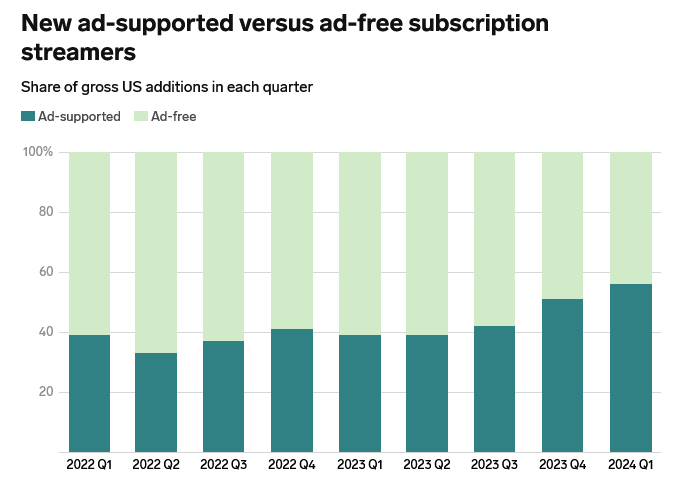
People are watching more and more free TV
In July, YouTube reached a milestone: It became the first streaming TV service to exceed 10% of total viewing, according to Nielsen. It ranks as the No. 1 service at 10.4%, topping Netflix’s 8.4%.
YouTube’s rise on TVs has shown that creator content can make the jump from the phone to the big screen.
Media industry analyst Evan Shapiro views the rise of free viewing as a return to the ’90s, when a mix of free broadcast and paid cable viewing was the norm.
“There’s always been high usage of free TV, and increasingly that’s on YouTube,” he said. “It’s the No. 1 channel on the big screen, and some subset of 2.5 billion users use it on TV.”
The other big success story in free streaming has been Tubi, which became the fastest-growing streamer of the past year and has tied Disney+ in viewing share.
Started in 2014 and acquired by Fox in 2020 for $440 million, Tubi is one of the oldest and biggest free streamers, with 65,000 shows to choose from. While it has live, linear channels like ABC News and NFL, most of its viewing is on-demand movies and shows, displayed in rows like “Westerns,” “Mystery,” and “Romance.”
Throw in Pluto TV and The Roku Channel, the other FASTs big enough to show up in Nielsen’s ranking, plus YouTube, and free streaming TV made up 14.8% of viewing in July, up from 12.5% a year earlier. Meanwhile, the paid subscription share was essentially flat.
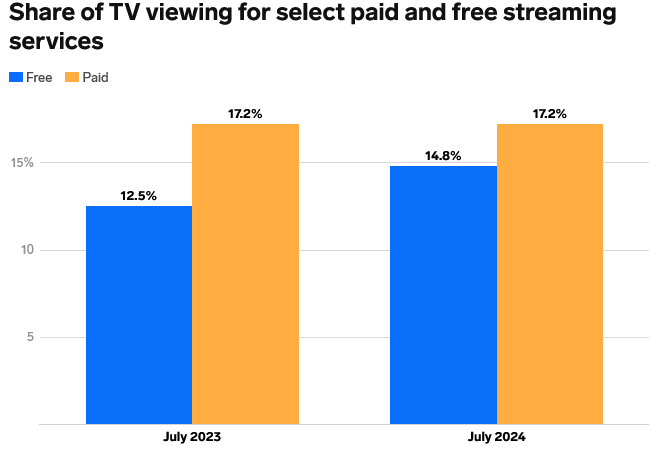
A dirty little secret of the industry is that a certain amount of TV watching has always been passive. In other words, the set is left running in the background. Many FAST services offer a simpler way than paid streamers to passively watch. Some replicate linear TV channels that are easy to flip on, or they offer an array of news, entertainment, and sports just a few clicks away — no credit card or login required.
“Sometimes you just come home, and you’re exhausted, and you want to be served up the content,” Jenn Vaux, head of content acquisition and programming at Roku, said of FAST’s appeal. “Then you layer on the free aspect.”
That last bit may be obvious, but it’s hard to overstate. These services are free. Sure, you won’t get the newest season of “The Bear” or “Wednesday,” but the paid services are all getting more expensive. Horowitz Research found more than half (53%) of FAST users say they have cut down on their paid streaming services now that they’re watching free, ad-supported TV.
People’s tolerance for ads has also grown in the past few years, according to Hub Entertainment Research.
Tech and legacy media will battle over free TV in the coming months
Looking ahead, the major players already ahead in free TV will likely continue to gain share.
Related stories
How David Zaslav can save Warner Bros. Discovery as the cable bundle collapses, according to a top media analyst
Content Partners is looking to do new film and TV financing deals of up to $100 million each — starting with Lionsgate
YouTube is the clear leader for user-generated content, which is important to younger audiences, and has helped make it the must-have service.
Amazon also has an advantage with its free service, Freevee, as it gets preference from Fire TV, the company’s smart TV operating system. Like YouTube, it’s also part of a larger entertainment ecosystem.
Roku, likewise, has the platform advantage with its free streamer, The Roku Channel. It’s ahead of Max, Peacock, and Paramount+ in Nielsen’s rankings, and only trails Tubi among FASTs. Roku has been creating different content zones like home, food, and sports, and introducing personalization features to help viewers find what they’re looking for. It’s also trying to stay current by airing digital-born shows like “Hot Ones” and a MrBeast channel.
The legacy media giants’ biggest bets in the free space are their FAST services, chief among them Tubi. Tubi is gaining share thanks to its vast library and has developed a small number of originals (a quarter of Tubi viewers watch at least one original a month, the company says). Tubi prides itself on staying close to what its audience wants by monitoring social media trends.
“This year, social network users are going to outpace TV users. That’s a signal we’re paying a lot of attention to,” said Adam Lewinson, chief creative officer of Tubi.
Paramount (Pluto TV) and Comcast (Xumo) have their own FAST services. WBD has said its own FAST service is coming, and it could be only a matter of time before Disney and Netflix follow suit. Still, with the number of FAST channels approaching 2,000, there’s widespread industry agreement that a culling of channels is inevitable.
Some players have been trying to innovate in the format, as well. Fremantle, which distributes 24 FAST channels around shows like “Three’s Company” and “Baywatch,” is exploring ways to make its older game show programs like “Family Feud” and “The Price is Right” interactive, said Laura Florence, the SVP of Global Fast Channels at Fremantle.
In the fight for free, will the winner even matter for Hollywood?
But the big question hanging over the industry is whether any of this FAST growth will really matter for the legacy Hollywood players.
These services allow entertainment companies to squeeze more money out of their content libraries, expand to countries where paid subscriptions are less common, and potentially get people to subscribe to their paid services. For instance, 43% of FAST users told Horowitz they subscribed to a paid streaming service to keep watching a show they started watching on a FAST channel.
That sounds great — in theory.
But if users spend half their viewing time watching free TV, does that mean they’ll spend half as much money on streaming services? Recent research from Parks Associates and JPMorgan shows that the average number of streaming services people pay for is declining as subscription fatigue sets in.
And while FAST services are growing in popularity, the business model may not support high-cost originals, which are Hollywood’s lifeblood.
Paramount recently revealed that Pluto, which launched in 2013, has been profitable for a few years. But the biggest FAST, Fox’s Tubi, which followed a year later, isn’t yet profitable.
Roku’s annual content spending was pegged at “more than $1 billion” in 2022 by CNBC, a far cry from the $17 billion Netflix plans to spend this year; Roku’s most ambitious film to date, a Weird Al biopic, cost only a reported $12 million to make (Netflix routinely spends over $100 million for a single movie). Tubi’s net investment (which content is a part of) in the fiscal year 2024 was in the mid-$200-million range.
TV has already lost viewership to social-media platforms. YouTube surpassed linear TV in terms of audience size last year, and social media is expected to follow suit next year, according to an Emarketer forecast.
Free streaming may seem like a way for Hollywood to claw back viewers.
But even if legacy media companies can wrangle streaming audiences away from tech giants — like YouTube, Roku, and Amazon — they need to figure out how to keep their paid streaming services growing. If not, it’s hard to say what winning in the battle for free TV will actually get them.



